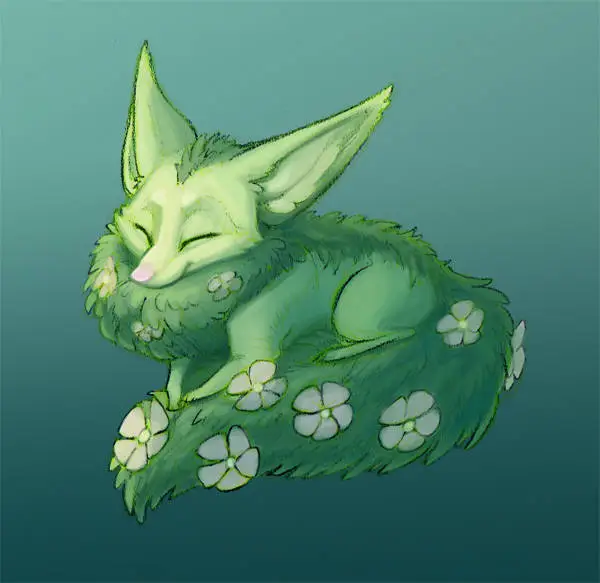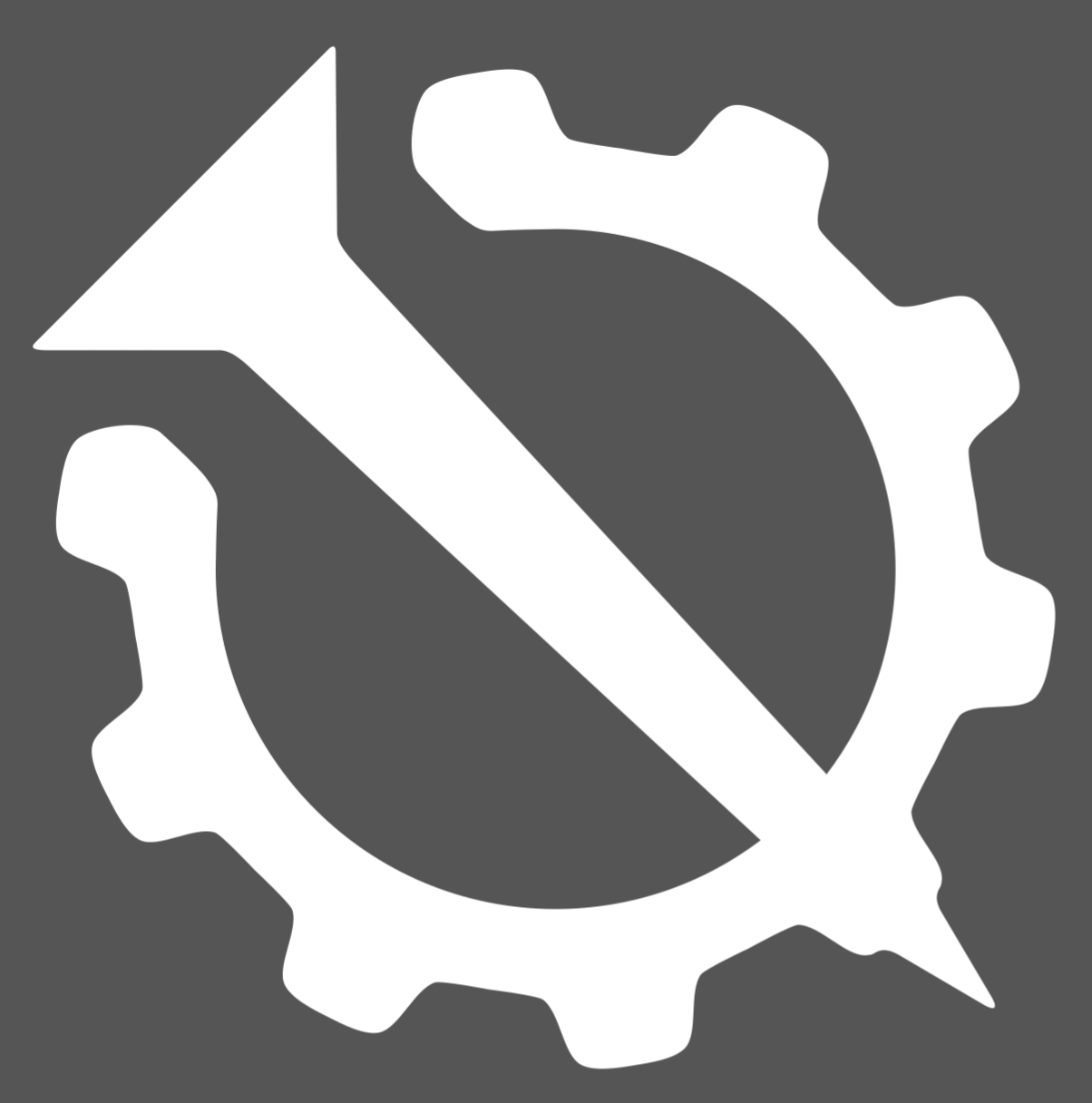Controversial AI art piece from 2022 lacks human authorship required for registration.
The article says that he could have copyrighted the work if he disclaimed the AI generated source images in his application. The collage he created is copyrightable but he can’t claim copyright on the source images because they were not created by a human. If someone were to take his collage, he’d still be protected.
What’s significant about this is that this means that you can’t simply copyright an image you had ai generate from a prompt, there needs to be some kind of transformation, and if someone else got ahold of the original AI image before transformation they could use it freely as public domain.
What happens if I use AI to generate images and then paint them? This is so confusing
Am I the only one that think the longue they reject it, the more it will participate to it’s story behind, and make it worth more and more, and make it more and more “outrageous” and continue etc to make it have more worth?
If you compare the AI image that was used with the image that one the price after the artist enhanced it to that level you could argue that paintings from sketches are not copyright-able
He’s allowed to copyright it as a collage, just not claim ownership to the source images.
When you say a painting from a sketch, what do you mean? Is it a sketch from another artist? If so, you can still copyright the painting, you just can’t claim ownership of the sketch, because you didn’t make it.
This is the best summary I could come up with:
Because Mr. Allen is unwilling to disclaim the AI-generated material, the Work cannot be registered as submitted," the office wrote in its decision.
In this case, “disclaim” refers to the act of formally renouncing or giving up any claim to the ownership or authorship of the AI-generated content in the work.
In August 2022, Artist Jason M. Allen created the piece in question, titled Theatre D’opera Spatial, using the Midjourney image synthesis service, which was relatively new at the time.
The image depicting a futuristic royal scene won top prize in the fair’s “Digital Arts/Digitally Manipulated Photography” category.
In his appeal, Allen claimed that “the Office is placing a value judgment on the utility of various tools” and that denying copyright protection for AI-generated artwork would result in a “void of ownership.”
More recently, it also denied copyright registration for an image that computer scientist Stephen Thaler claimed was autonomously generated by his AI system.
The original article contains 536 words, the summary contains 155 words. Saved 71%. I’m a bot and I’m open source!
Why do photographers get copyright over their pictures then?
They’re just pointing a camera at something and pressing a button.AI is a tool like any other.
Because the human element is in everything they had to do to set up the photograph, from physically going to the location, to setting up the camera properly, to ensuring the right lighting, etc.
In an AI generated image, the only human element is in putting in a prompt(s) and selecting which picture you want. The AI made the art, not you, so only the enhancements on it are copywritable because those are the human element you added.
This scenario is closer to me asking why can’t I claim copyright over the objects in my photograph, be
This scenario is closer to me asking why I can’t claim the copyright of the things I took a photograph of, and only the photograph itself. The answer usually being because I didn’t make those things, somebody/something else did, I only made the photo.
Edit: Posted this without realising I hadn’t finished my last paragraph. Oops
It’s honestly pretty much the same with ai, there’s lots of settings, tweaking, prompt writing, masking and so on… that you need to set up in order to get the result you desire.
A photographer can take shitty pictures and you can make shitty stuff with AI but you can also use both tools to make what you want and put lots of work into it.
The difference is it’s not you making the art.
The photographer is the one making the photo, it is their skill in doing ehat I described above that directly makes the photo. Whereas your prompts, tweaking, etc. are instructions for an AI to make the scenery for you based on other people’s artwork.
I actually have a better analogy for you…
If I trained a monkey to take photos, no matter how good my instructions or the resulting photo are, I don’t own those photos, the monkey does. Though in actuality, the work goes to the public domain in lieu as non-human animals cannot claim copyright.
If you edit that monkey’s photo, you own the edit, but you still don’t own the photo because the monkey took it.
The same should, does currently seem to, apply to AI. It is especially true when that AI is trained on information you don’t hold copyright or licensing for.
Actually… If an animal you own/trained makes art… you did get to have the copyright to the art, until recently with these same legal developments. Now it’s less clear.
I also agree more with the other posters interpretation in general. We copyright art made by random chance emergent effects (Polluck et al.), process based art (Morris Louis et al.), performance art (so many examples… Adrian Piper comes to mind), ephemeral art, math art, and photography, as the poster says. None of those artists are fully in control of every aspect of the final project- the art makes itself, in part, in each example.
If a human uses a math equation for the geometric output of a printer, and they tweak the variables to get the best looking output, we consider that art by law. Ai is exactly the same.
It’s funny, I find that illustrators hate ai art, but “studio” artists (for lack of a better term) usually adore it
Actually… If an animal you own/trained makes art… you did get to have the copyright to the art, until recently with these same legal developments. Now it’s less clear.
If you’re referring to Wikimedia’s infamous Monkey Selfie Dispute, which is the case I’m most aware of, then the reason its less clear is because its hard to determine the sufficient amount of human creativity required to render a human copyright over an animals work.
I’d argue that last bit doesn’t apply to the AI, because while you do provide inspiration in terms of your prompting, tweaking, etc., it is ultimately always the AI that interprets those prompts and creates the artwork. Supervising an AI is not the same thing as setting up and taking a photograph, or drawing a painting.
We copyright art made by random chance emergent effects (Polluck et al.), process based art (Morris Louis et al.), performance art (so many examples… Adrian Piper comes to mind), ephemeral art, math art, and photography, as the poster says. None of those artists are fully in control of every aspect of the final project- the art makes itself, in part, in each example.
If you’re going to cite artists, it would be a good idea to at least link their work for context for those who aren’t in the know… As I don’t know these artists, I can’t make an informed response, so I’ll move on.
If a human uses a math equation for the geometric output of a printer, and they tweak the variables to get the best looking output, we consider that art by law. Ai is exactly the same.
There’s a big difference between a human designing a math formula to output a desired geometry, and a human instructing an AI to do the same.
By having the AI do the artistic work, it’ll always be the one making the artistic choices based on your instruction, and therefore the art is not yours to own.







